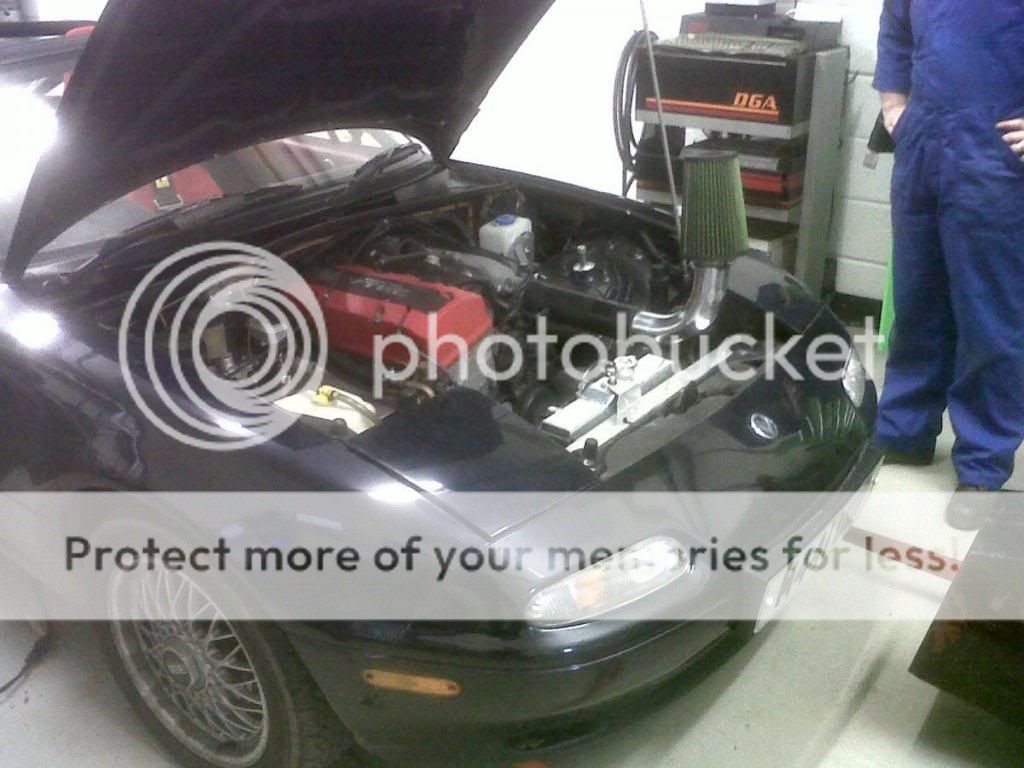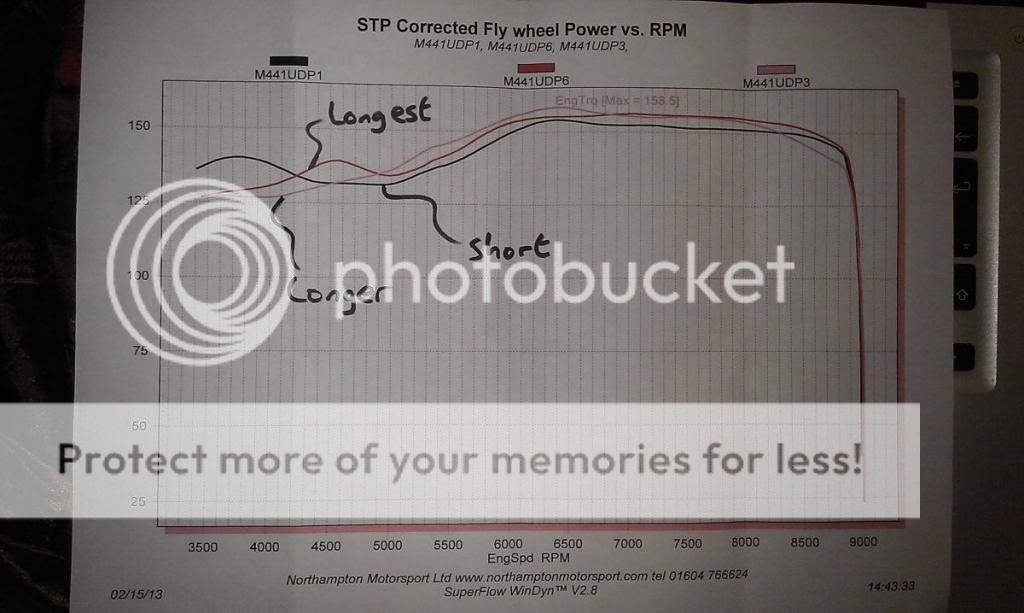You will lose power.
The length of the intake tube, much like the length of the runners in the intake manifold, has a tuned length that uses helmholtz resonance to improve output. By making the tube that short you are eliminating all of that.
Not to mention what the others mentioned about the MAFs placement.
By that logic, all aftermarket intakes would lose power, since most of them are shorter than the stock airbox.
The problem is not the overall length of the tube; the problem is the length before the MAF sensor, since the sensor requires a mostly turbulent-free flow in order to function properly. There are inserts that can be put in the tube right before the MAF that look like a honeycomb. These straighten out the flow and improve the sensor's performance. But that's adding even more cost and complexity to an already overpriced, crappy intake design.







